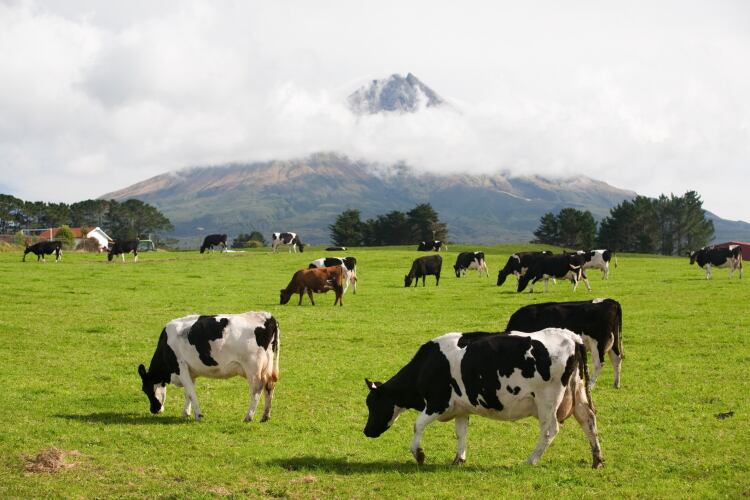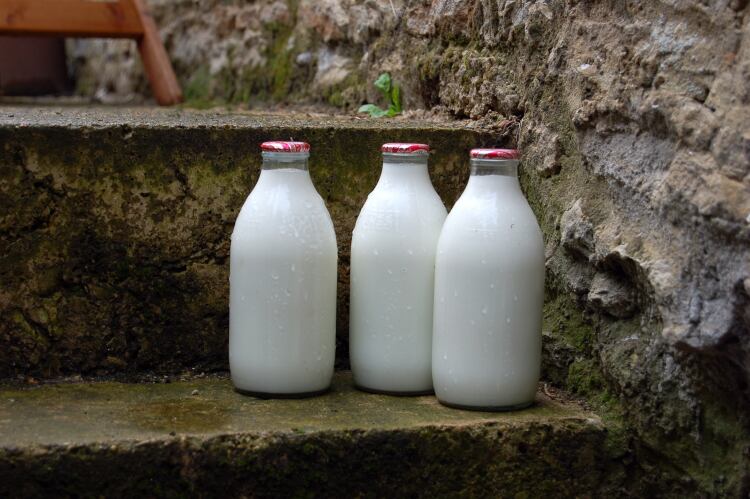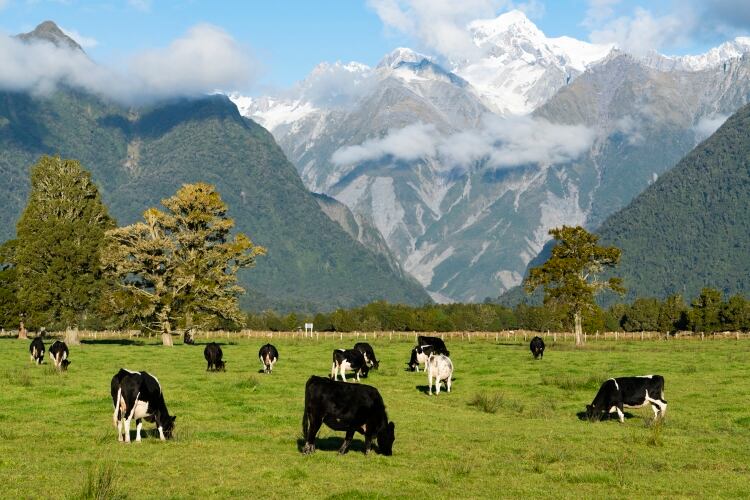The country’s FTA with the UK is currently being ratified by the two countries and dairy exporters will be forced to stick to the existing quota allocation rules until a new one is devised. Dairy export quota allocations are currently assigned proportional to the milk that processors collect from farmers; to be eligible, they must collect at least 0.1% of the country’s total milk solids.
But there’s still time for the country to change things before its agreement with the EU comes into force, likely in 2024. Agriculture minister Damien O’Connor said the FTAs with the UK and EU ‘present new opportunities’ for Kiwi exporters and hailed the ‘improved access’ those deals offered to producers.
But the Dairy Companies Association of New Zealand (DCANZ) has lamented the EU FTA for leaving the European market ‘98.5% closed’ to Kiwi dairy exporters. “The combination of very small quota volumes relative to the market size and trade-restrictive in-quota tariffs has this deal falling well short of being commercially meaningful for the dairy industry,” said DCANZ chairman Malcolm Bailey in July.
“Opportunities to reset and upgrade access with trading partners come along once in a generation. Failure to capitalize on this opportunity, as occurred with the NZ-UK FTA, leaves us poorly placed in this much bigger market for a long, long time,” he added.
Policy-makers appear to have heeded his advice however, with a consultation into the quota allocation system set to take place in late 2022. The new system will cover all dairy export quotas and not just those quantities going to the UK and the EU under the newly-negotiated terms, the government has stressed.
Opportunity from day one
New Zealand’s dairy trade with the UK means exporters will get tariff-free access to the world’s second-largest dairy import market in five years or less depending on the product. In fact, five-year tariffs apply only to butter and cheese, with all other dairy products achieving duty-free trade status in three years. The tariff-free quota for cheese starts at 24,000 tons growing to 48,000 tons over five years while the volumes for butter start at 7,000 tons and reach 15,000 tons.
The National Farmers’ Union president Minette Batters said that there ‘appears to be extremely little in this New Zealand trade deal to benefit British farmers’, adding that UK farmers face ‘significantly higher’ production costs than Kiwi farmers and being asked to compete with some of the most export-orientated farmers in the world’.
In the deal with the EU, the Union will cut import tariffs on 21,000 tons of NZ butter to 5% (from the original 38% on 47,177 tons) after seven years, with a further 15,000 tons allowed access at the new rate. The quota for New Zealand cheese will also increase to 8,333 tons on day one and rise to 25,000 tons in seven years. The country will also benefit from more generous quota access on milk powders and high-protein whey.
DCANZ has however pointed out that despite slight market access improvements, the deal fails to address ‘the large, more than 2:1 goods trade imbalance’ and has questioned its commercial potential for producers.



